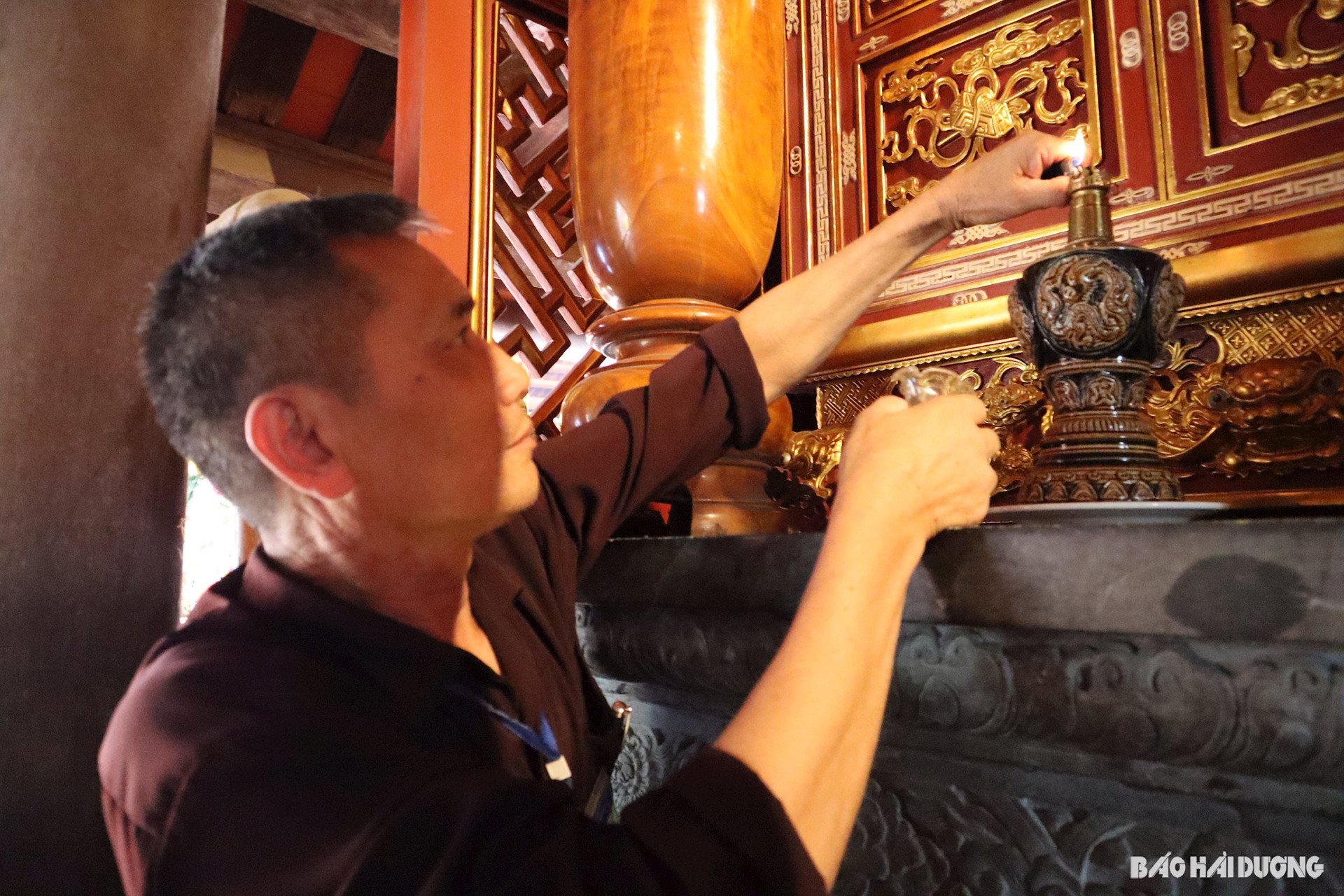
Thorough understanding of the monument
Last weekend, Ms. Nguyen Thi Tuyen, Viet Hoa ward ( Hai Duong city) had the opportunity to take her child to visit Khuc Thua Du temple (Ninh Giang). When seeing the picture of the "turtle" hanging in the front area, her daughter wondered but Ms. Tuyen did not know how to explain. Mr. Bui Van Trinh, the temple's keeper, immediately introduced: This is the turtle that appeared on the Luoc river in front of the temple right at the ceremony of placing the statues of Khuc Thua Du, Khuc Hao and Khuc Thua My on July 21, 2008 (lunar calendar). The turtle was brought to the temple by the people.
Historian Duong Trung Quoc, who was working there at the time, bought the turtle and released it into the jade well. “What is special is that on the turtle’s shell there are many details that are believed to be related to the First Princess Khuc Thua Du: the number 905 is the year he ruled the country; the image of a beautiful, graceful girl is still considered by the people to be the incarnation of his daughter,” Trinh explained further.
During his time as the keeper of Kiep Bac Temple (Chi Linh City), 86-year-old Nguyen Quang Phuc once met a Japanese guest. This person visited the inner palace and, upon seeing the altar of the Queen Mother (wife of Tran Hung Dao), mistook her for Tran Hung Dao's mother. "I explained that it was an abbreviation of her title of Nguyen Tu Quoc Mau, and she was actually Tran Hung Dao's wife," said Mr. Phuc. Mr. Phuc was also the one who proposed to the Department of Culture, Sports and Tourism that from then on, the nameplate of the Queen Mother's altar would have the detail "wife of Tran Hung Dao".
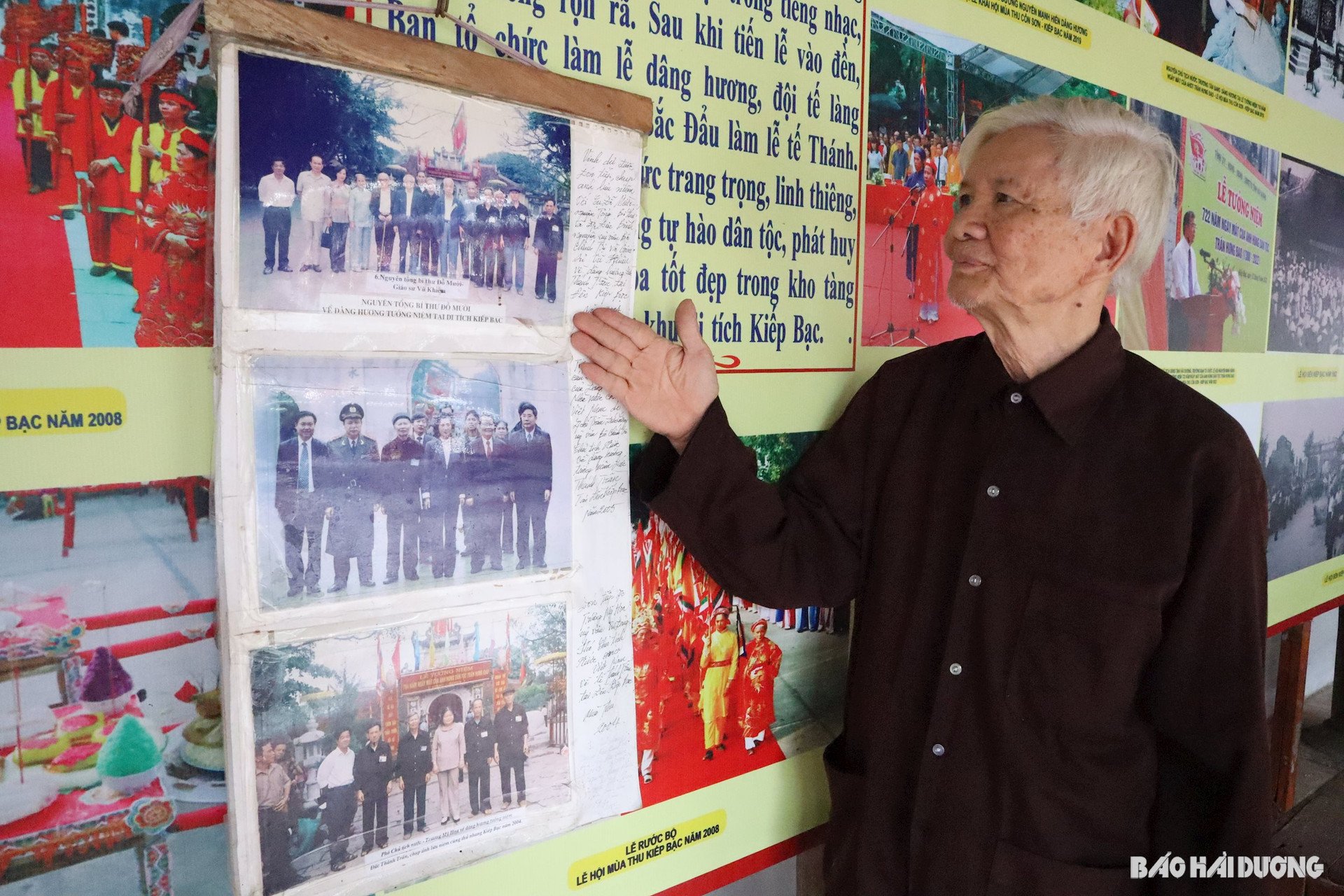
In 2004, welcoming General Secretary Do Muoi to visit Kiep Bac Temple, Mr. Pham Khac Hong, Head of Kiep Bac Relics Group, introduced: In 1947, the French invaders burned the central temple of Kiep Bac Temple... The General Secretary asked: So which invaders burned the Tran Temple built by the Tran Dynasty? Mr. Hong immediately whispered to Mr. Phuc: "I know, please introduce yourself to the delegation". Mr. Phuc replied: "According to my studies and reading, in the 15th century, the Ming invaders invaded our country and captured Thang Long Citadel (around 1407). About 2 years later, the Ming invaders invaded Kiep Bac and burned down the temple of Saint Tran". Hearing this, Professor Vu Khieu, who was with the delegation, spoke up: "Mr. Muoi, the Ming invaders not only burned down the temple but also destroyed the stone stele in an attempt to destroy Dai Viet culture". After listening, General Secretary Do Muoi shook hands and invited Mr. Phuc to take a souvenir photo with the delegation.
Mr. Phuc believes that having a thorough understanding of the relics under his care is very necessary. “Not only understanding about the relics, famous people, and the location of each altar, but also needing to expand other knowledge to answer questions when guests need it,” Mr. Phuc said.
Strict selection
For 28 years serving the Saints at Tranh Temple (Ninh Giang), 72-year-old Tran Thi Voi wakes up at 4am every day to light incense, lamps, candles, change water, and clean the altars. “It’s the same whether it rains or storms,” said Mrs. Voi.
After the temple was cleaned, Mrs. Voi started to welcome and guide visitors to visit, perform rituals, and even "call for prayers" when visitors need it. On festivals and Tet, the temple keepers like Mrs. Voi will have to arrange offerings for all the altars in the relic, participate in some important rituals... During her 28 years working at Tranh temple, she also contributed significantly to mobilizing visitors to donate, building the temple from a 3-room bamboo house to the spacious one it is today.
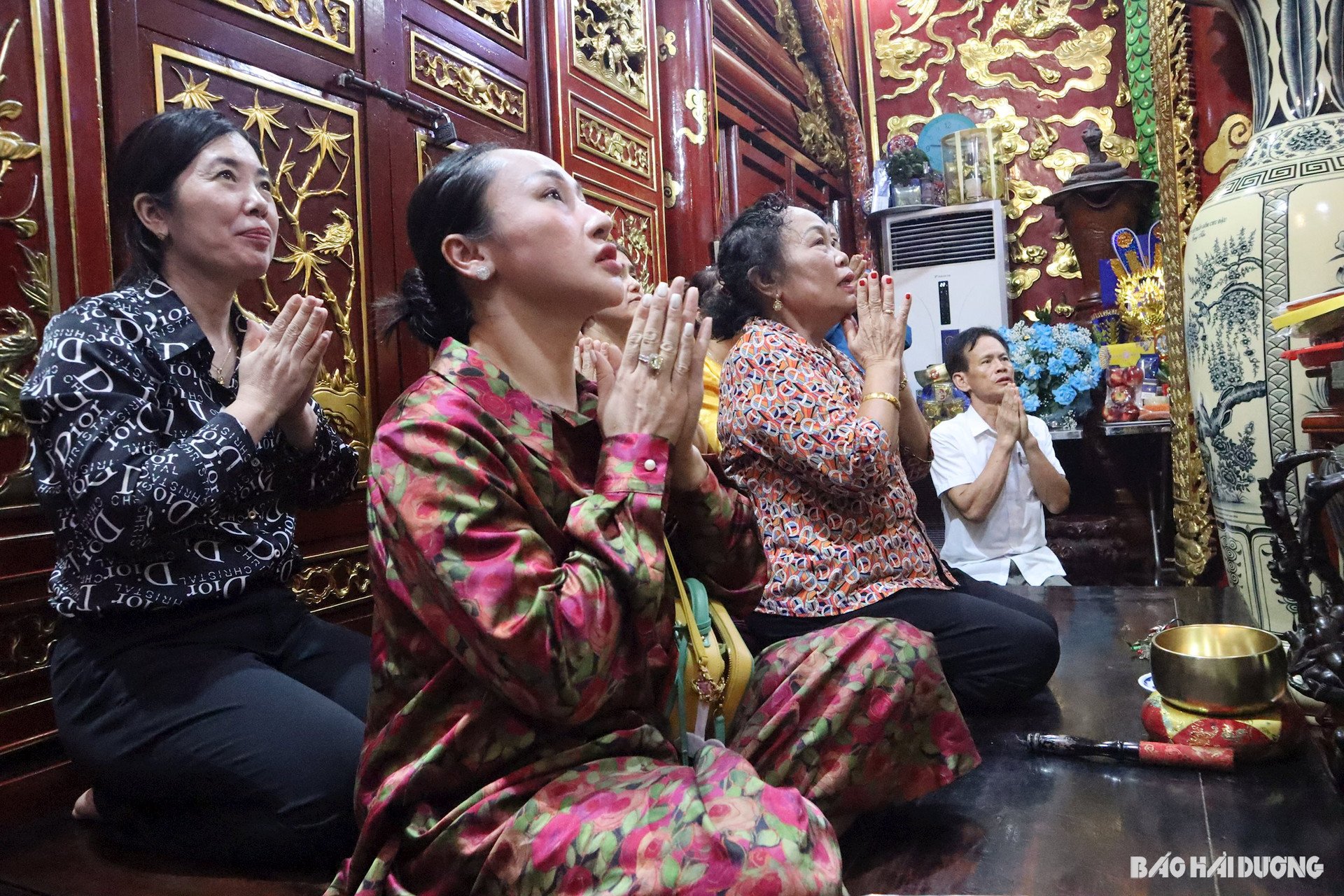
Previously, when she was a young girl, Ms. Voi worked as a worker at Ninh Giang Mill, but thanks to fate and the trust of the commune government and people, she was elected to be the keeper of the temple.
Most of the wardens are elected by the locality or villagers based on many criteria such as: age 60 or older, good health, good-looking appearance, kind face, prestigious, virtuous, cultured family, with a certain level of knowledge...
Particularly at Kiep Bac temple, the selection of guardians is also organized into a competition with clear rules and regulations. Each term has 4 guardians selected. The competition is held before the Lunar New Year every year. In each competition, a selection council is established. "Previously, the Chairman of the Selection Council was a representative of the Department of Culture, Sports and Tourism. From 2021, the department has assigned the responsibility to the Con Son-Kiep Bac Relic Management Board. We, together with the Hung Dao commune government, will be responsible for selecting guardians," said Dr. Le Duy Manh, Deputy Head of the Con Son-Kiep Bac Relic Management Board.
According to Dr. Manh, candidates will take 3 tests: 1 written test demonstrating understanding of the relic, 60 minutes; 1 oral test on regulations on what the custodian can and cannot do and additional questions; and a written test. For the written test, candidates must achieve 5 points to pass the requirements...
The reason for the selection of the instruments is strict, meeting many criteria because according to folk beliefs, serving the Saints cannot be done carelessly. In addition, the keeper of the altar is the person who regularly contacts tourists, including many classes of people, so he needs to have qualifications.
Currently, there are no specific statistics on the number of temple keepers and incense keepers, but in Hai Duong province there are nearly 200 temples. In addition, there are nearly 400 shrines and temples... In these places of worship, there are often temple keepers and incense keepers to look after and burn incense. There is a lot of work, but currently the regime of temple keepers still depends a lot on the self-generated income of the place of worship.
LE HUONGSource










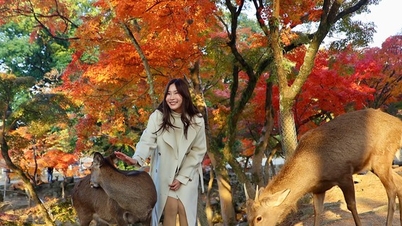









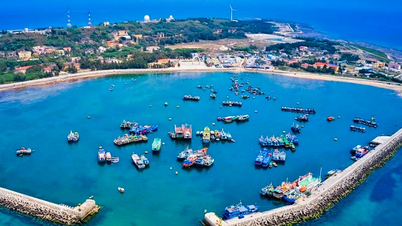


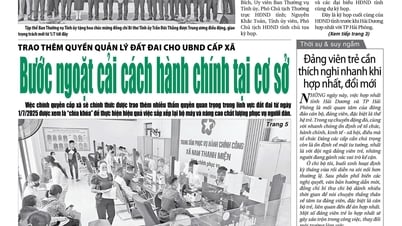

















































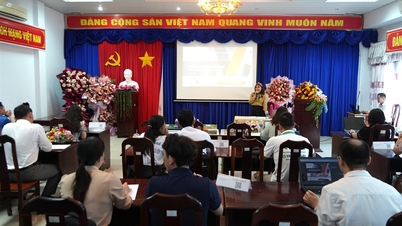
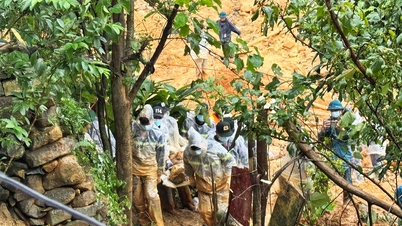

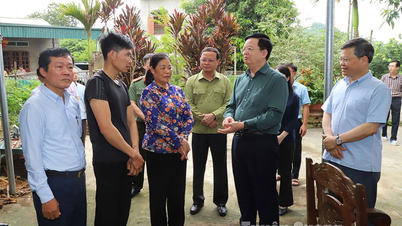
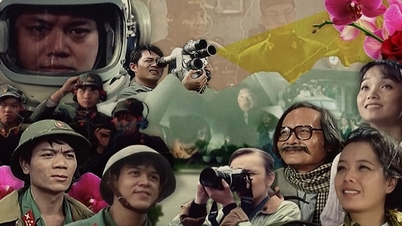



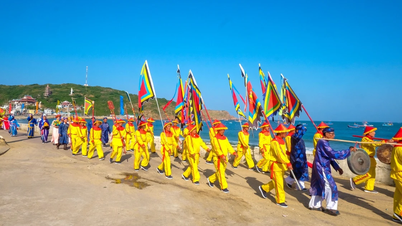














Comment (0)